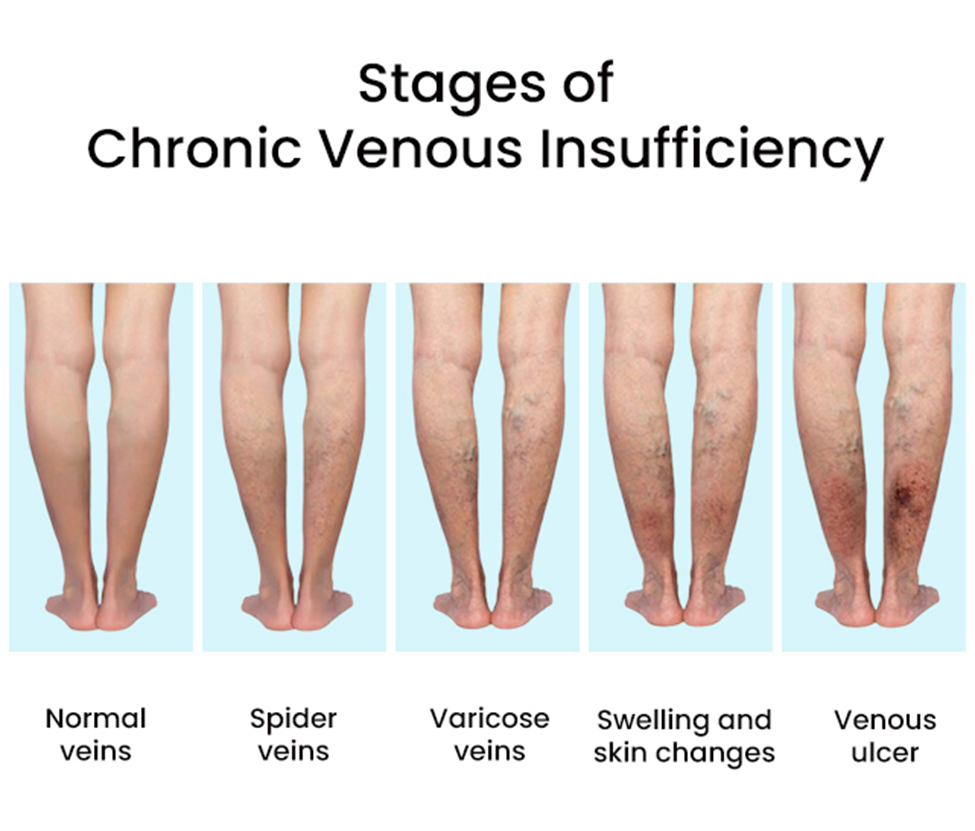A client is ordered to receive atropine 0.3 mg IV stat. Atropine 0.4 mg per mL is available. How many milliliters will the nurse administer?
The Correct Answer is ["0.75"]
The nurse needs to calculate the correct dose of atropine for a client who has a prescription for 0.3 mg IV stat. The nurse knows that atropine is a medication that blocks the effects of the parasympathetic nervous system and is used to treat bradycardia, heart block, and some types of poisoning.
To find out how many milliliters of atropine the nurse will administer, the nurse can use the formula:
Dose ordered / Dose available = Volume to administer
Plugging in the values, the nurse gets:
0.3 mg / 0.4 mg per mL = 0.75 mL
Therefore, the nurse will administer 0.75 mL of atropine to the client IV stat.
Nursing Test Bank
Naxlex Comprehensive Predictor Exams
Related Questions
Correct Answer is B
Explanation
A. Intermittent claudication:
Intermittent claudication is more commonly associated with peripheral arterial insufficiency rather than venous insufficiency. It is caused by inadequate blood flow to the muscles during activity, resulting in cramping or pain that typically resolves with rest.
B. Brownish discoloration to the legs:
Brownish discoloration to the legs, often referred to as hemosiderin staining, is a common finding in peripheral venous insufficiency. It occurs due to the breakdown of red blood cells and the deposition of hemosiderin in the tissues, especially around the ankles.
C. Weak or absent pedal pulses:
Weak or absent pedal pulses are more indicative of peripheral arterial insufficiency rather than venous insufficiency. Peripheral arterial disease can result in decreased blood flow to the extremities, leading to diminished pulses.
D. Unequal peripheral pulses between extremities:
Unequal peripheral pulses between extremities are also more suggestive of arterial insufficiency. Conditions such as atherosclerosis or arterial embolism can cause variations in pulses between different limbs.

Correct Answer is ["A","B","C","E"]
Explanation
A. Retinal Hemorrhage
Uncontrolled hypertension can damage the blood vessels in the eyes, leading to retinal hemorrhages. This can result in vision problems and, in severe cases, vision loss.
B. Ventricular Hypertrophy
Uncontrolled hypertension causes the heart to pump against increased resistance, leading to the thickening and enlargement of the left ventricle. Ventricular hypertrophy is a response to the increased workload on the heart and is associated with an increased risk of heart failure.
C. Cerebrovascular Disease
Hypertension is a major risk factor for cerebrovascular diseases, including strokes. Elevated blood pressure can damage the blood vessels in the brain, increasing the risk of stroke. Strokes can have serious consequences, affecting various neurological functions.
D. Venous Insufficiency
Venous insufficiency is not typically directly associated with uncontrolled hypertension. It is more commonly related to problems with the venous system, such as damaged valves in the veins, leading to poor blood flow back to the heart. While hypertension can affect arteries, venous insufficiency is a distinct condition.
E. Transient Ischemic Attacks (TIAs)
Uncontrolled hypertension increases the risk of transient ischemic attacks (TIAs), which are brief episodes of neurological dysfunction caused by temporary disruption of blood flow to the brain. TIAs are often considered warning signs of an increased risk of stroke.
Whether you are a student looking to ace your exams or a practicing nurse seeking to enhance your expertise , our nursing education contents will empower you with the confidence and competence to make a difference in the lives of patients and become a respected leader in the healthcare field.
Visit Naxlex, invest in your future and unlock endless possibilities with our unparalleled nursing education contents today
Report Wrong Answer on the Current Question
Do you disagree with the answer? If yes, what is your expected answer? Explain.
Kindly be descriptive with the issue you are facing.
